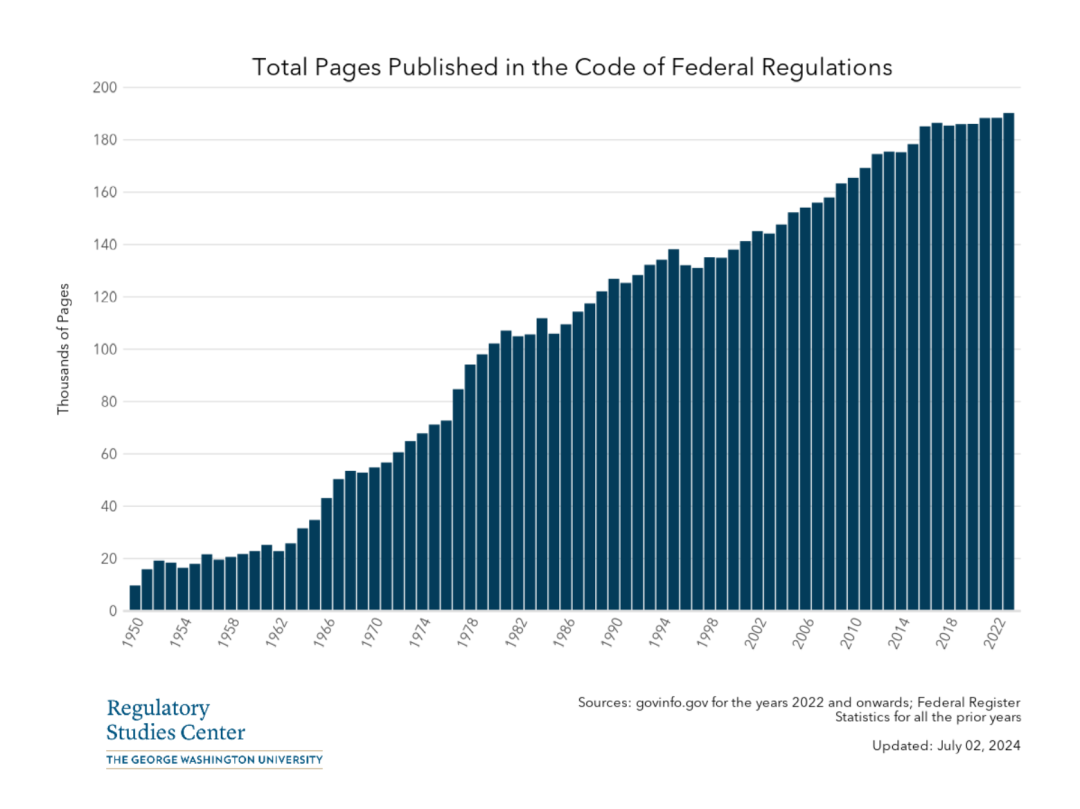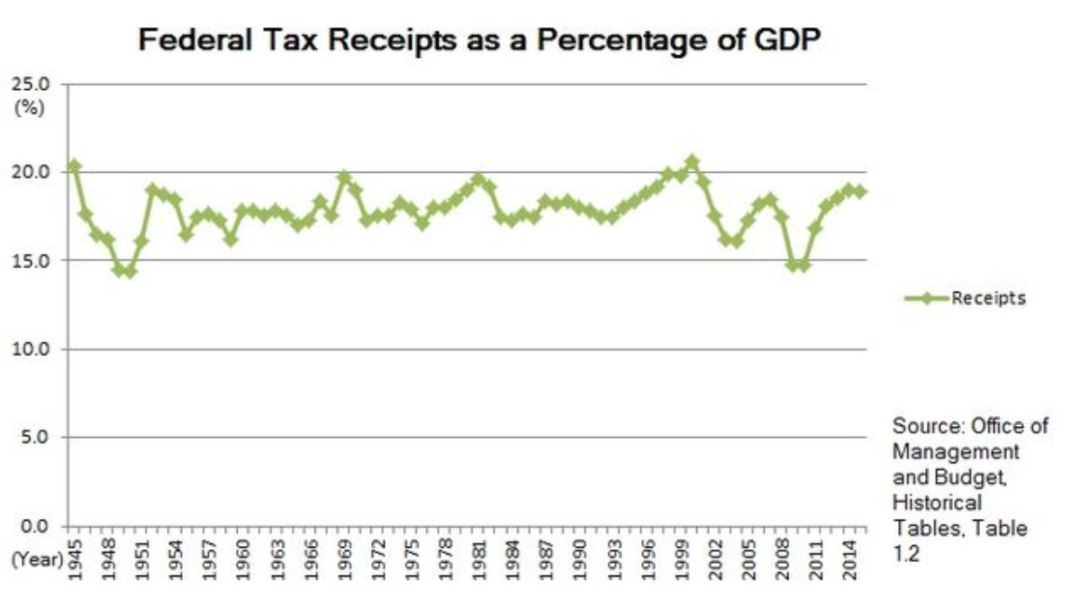Author: Vitalik
Compiled by Aki Chen Wu Talks about Blockchain
Original link:
https://vitalik.eth.limo/general/2025/03/29/treering.html
According to Vitalik’s article, people thought that “China is a country that values closure and control, and American technology is generally more inclined to open source than Chinese technology”, but now it seems as if they are completely wrong. Because it is difficult to change the way a culture treats things that already exist, and the way attitudes have solidified. The appeal of the crypto space is that it provides an independent technical and cultural foundation to do new things without being overly burdened by the existing status quo bias.
This article will bring Vitalik’s “Cultural and Political Tree Ring Model” and his in-depth analysis of the current global artificial intelligence and technology regulatory landscape.
Core logic: A culture’s attitude toward new things is shaped by the social atmosphere at the time of its formation, while its attitude toward old things is determined by its inherent inertia. Once these “cultural rings” are formed, they are extremely difficult to change.
The reality of increasing regulation in the name of neoliberalism
Growing up, I was often puzzled by the recurring claim that we live in a "deeply neoliberal society" that highly values "deregulation." But what puzzles me is that while there are indeed quite a few people who fight for neoliberalism and deregulation, the regulatory policies actually implemented by the government as a whole are very different from these ideals. The total number of federal regulations has increased, with increasingly stringent regulations such as KYC (customer identity verification), copyright regulations, and airport security measures. In addition, the proportion of federal taxes to GDP in the United States has remained relatively stable since World War II.


1) Intuition meets reality: The “annual ring model” reveals the reversal of the AI landscape between China and the United States
If you tell someone in 2020 that in five years, one will lead in open source AI, and the other will lead in closed source AI, and ask them who will lead in which field, they may stare at you, wondering if you are asking a trap question. Because the United States has always been a country that emphasizes openness, while China is more inclined to be closed and controlled. From the overall technology trend, it seems very obvious that American technology companies prefer the open source model far more than their Chinese counterparts! However, it turns out that this intuition is completely wrong.
What happened? In this article, I will propose a simple explanation, which I call "The tree ring model of politics and culture":

The specific contents of the model are as follows:
- How a culture responds to new things depends on the attitudes and incentives that prevail in that culture at a particular time.
- The way a culture treats old things is mainly driven by the inertia of maintaining the status quo (i.e. "status quo bias").
Each era carves a new "annual ring" on the tree of culture, and when this new annual ring is formed, society also produces a series of concepts about emerging things. However, once these concepts are formed, they will soon become fixed, deep-rooted and difficult to shake. Subsequently, a new annual ring will continue to be superimposed on this basis, pushing society to shape the next wave of cultural attitudes and reactions to new topics.
Next, we can analyze the previous situation and other similar situations through the above model:
2) From the Internet to AI: How cultural inertia guides technology regulation in China and the United States
The US did go through a period of deregulation, but the peak of that trend was in the 1990s (which is pretty clear if you look closely at the data chart). Since the 2000s, the overall mood has shifted toward more regulation and control. However, if you look specifically at things that “grew up” in the 1990s (like the internet), they’ve retained the cultural imprint of their original birth—a free and open internet—for decades. Once that idea was formed, it stuck, like tree rings. It was so solidified that the US (and other countries around the world that were influenced by it) enjoyed a relatively free and open internet for a long time.
Tax levels are usually constrained by government budget needs, which are largely determined by the rigid needs of health care and social welfare programs. In this sense, the fiscal "red line" (bottom line) was drawn 50 years ago and then solidified like tree rings, making it almost impossible to shake.
Laws and culture are often extremely cautious and vigilant about the potential risks associated with various modern technologies or emerging things, even if their actual danger level is much lower than that of some extreme mountaineering sports (the latter may even have a much higher mortality rate). This phenomenon can be explained by the tree ring model: dangerous mountaineering activities have a history of hundreds of years, so the corresponding cultural attitudes were formed in a period when the overall risk tolerance of society was higher, and gradually solidified over the long years, becoming a part of social concepts that is difficult to shake.
As social media matured in the 2010s, it was treated culturally and politically as both part of the Internet as a whole and as a distinct new phenomenon. As a result, restrictive attitudes toward social media generally do not extend directly to areas where the Internet was formed in the early days. For example, despite the overall trend toward greater regulation of the Internet, we have not seen significantly stricter crackdowns on unauthorized file sharing.
As artificial intelligence (AI) matures in the 2020s, the United States is taking the lead and China is playing catch-up. Therefore, it is in China's interest to adopt a strategy of "commoditizing the complement of competitors." This strategy coincides with the growing open source preference among many developer groups, which has promoted an environment in China that is very friendly to open source AI. This environment is real and inside-out, but it is also highly targeted and limited to the field of artificial intelligence; other technology fields that were formed earlier are still widely closed and "walled garden" characteristics.
Planting new trees: Innovation is more effective than changing the status quo
More broadly, the lesson here is that once something has been around long enough and the cultural mindset around it has solidified, it’s very hard to change that mindset. It’s much easier to create new patterns of behavior that outcompete the old ones, and to ensure that the norms and culture are in place early on. This shift can happen in a variety of ways: developing new technologies is one way, experimenting with new social norms through the internet (whether online or in-person communities) is another. And this is one of the most attractive qualities of the cryptocurrency and Web3 space to me: it provides an independent technological and cultural environment that is free to explore and try new things without being overly constrained by the existing “status quo bias.” Instead of nurturing the old trees, we can plant and nurture new species to breathe new life into the forest.











